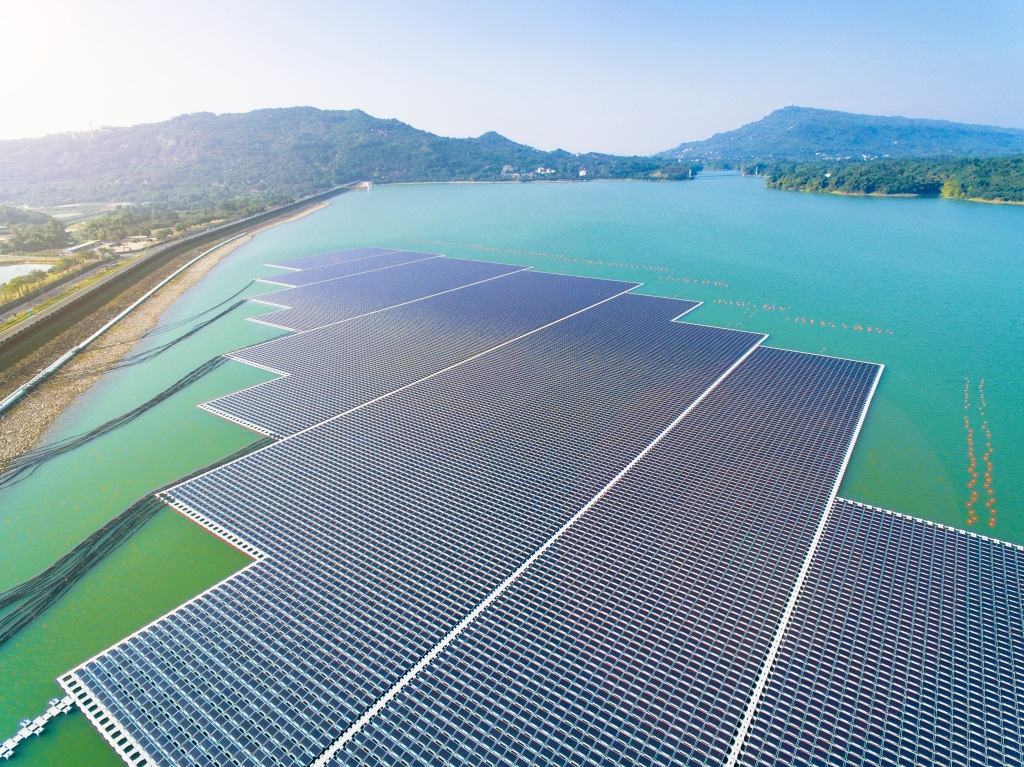Sweden is interested in the energy sector in Uganda. The two countries have agreed to exploit the reservoirs of dams to produce solar energy. Stockholm agrees to finance analytical studies for the development of this solution with a grant from Swedfund, its development finance agency. The studies include the reservoirs of the Nalubaale & Kiira, Bujagali, Isimba and Karuma dams.
These are the country’s main energy infrastructures, supplying most of the electricity to the national grid. The Karuma dam, for example, is the largest power station in Uganda, with a capacity of 600 MW. The dam has a large reservoir that could be used to generate solar photovoltaic energy. The floating solar power plants should help diversify Uganda’s electricity mix, which is heavily dependent on hydroelectricity.
Read also- UGANDA: Chinese CEEC to supply 500 MWp of solar photovoltaic energy
The East African country has an installed capacity of 1,291 MW, of which 1,006 MW (80%) is generated by hydroelectric plants. Floating solar power plants could support the dams during periods of high sunlight to allow the power plant to operate at full capacity after sunset. This solution will optimize the operation of hydroelectric dams that are subject to drought, which reduces river flows and affects reservoirs. Floating solar power plants also reduce evaporation in dam reservoirs.
The Swedfund-supported feasibility studies are expected to take about 21 months, starting in January 2022. According to the Swedish investor, installing solar panels near hydroelectric plants should add additional power to the grid while leveraging existing transmission infrastructure. The larger power plants will be installed without requiring the displacement of populations. Uganda Electricity Generation Company Limited (UEGCL) is already looking for a consultant to carry out studies leading to the installation of floating solar power plants in the reservoirs of its hydroelectric dams.
Jean Marie Takouleu
